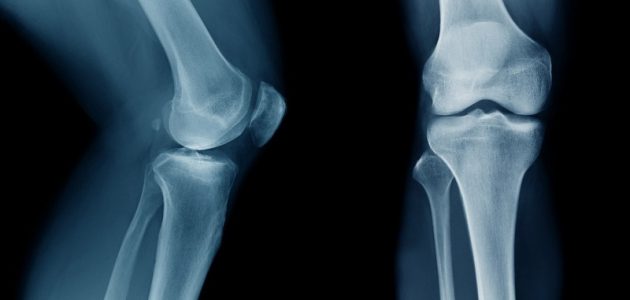It is easy to dismiss PRP therapy and its stem cell cousin as quackery based on isolated stories of cases gone wrong. And yet, a growing number of well-respected individuals and healthcare institutions are getting on board with regenerative medicine. The Cleveland Clinic is one of them.
How do we respond when the Cleveland Clinic recommends PRP as a relatively safe option for treating chronic osteoarthritis pain? It’s one thing to label a Florida doctor with no name recognition as a quack; it is an entirely different matter to apply the same label to an institution as respected as the Cleveland Clinic.
The primary lesson is this: regenerative medicine procedures like PRP and stem cell injections deserve the same kind of scientific respect as other breakthrough therapies. It is not appropriate to look at a comparatively small number of cases gone wrong and use them to declare the entire regenerative medicine industry illegitimate.
PRP Injections for Osteoarthritis
Getting back to the Cleveland Clinic, they offer a very informative article on their website detailing the many options for treating chronic osteoarthritis pain in the knee. The article offers information in a straightforward, fact-based format that appears to be free of bias.
Among the Clinic’s recommendations are pain medications and knee braces. The article goes on to explain both options in great detail. Then the piece talks about PRP therapy. It is discussed in conjunction with other injection therapies, such as corticosteroid injections.
We should note that the article does not endorse PRP therapy as better than any of the other options. In fact, the article shows no favoritism to any of the treatments discussed within its text. Information is presented with every attempt to allow the reader to make his or her own choices.
So why would someone choose PRP injections over one of the other options? According to the Advanced Regenerative Medicine Institute (ARMI), there are as many reasons as there are patients making that choice. At the top of the list is an aversion to pain medication and joint replacement surgery. People look to PRP injections because they want an alternative.
PRP Therapy Is a Safe
Perhaps the biggest take away from the Cleveland Clinic piece, at least where PRP therapy is concerned, is the idea that PRP injections are considered safe. The article refers to them as “low-risk options” that pose very little danger of complication.
This is the one part about PRP therapy that so many people misunderstand. They read horror stories about treatments resulting in severe injury and just assume that PRP and stem cell therapies are dangerous across the board. They are not.
We Americans love sensational stories that excite our emotions. Unfortunately, it is more entertaining to read about a small number of patients injured by careless doctors than the thousands of success stories that could otherwise be documented every day. And because we tend to gravitate toward the sensational, we also tend to believe that the sensational is really the norm.
The Future Looks Bright
Despite the sensationalism and general negativity of some in the medical community, PRP therapy has a bright future. That future is bright enough to encourage greater numbers of well-respected doctors and institutions to get on board.
When an institution like the Cleveland Clinic promotes PRP injections as a viable, low-risk option for osteoarthritis treatment, it’s time to stand up and take notice. Such an endorsement is clear evidence that PRP therapy has a place at the table. Let’s not dismiss it entirely due to a comparatively small number of bad outcomes.






